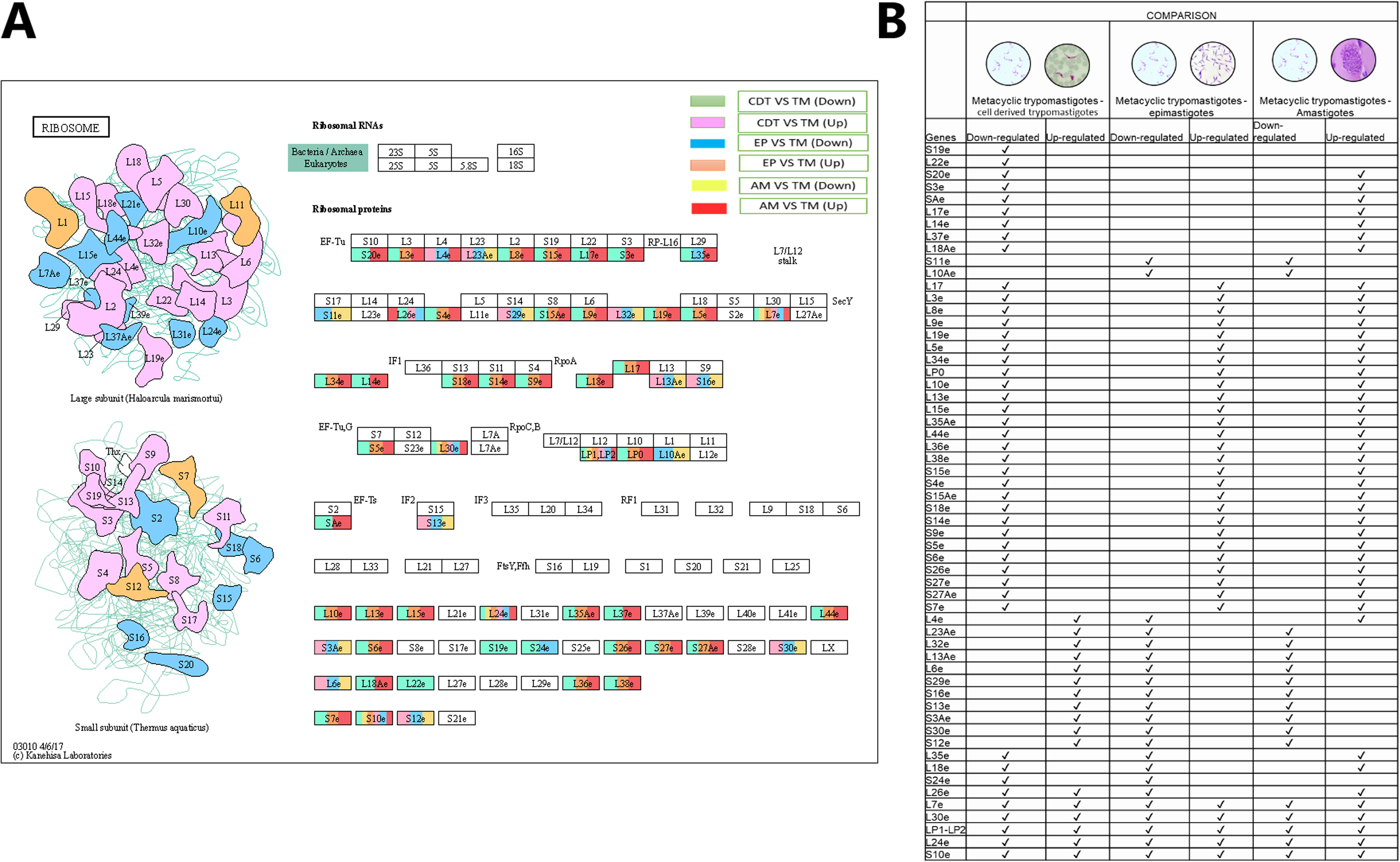

Many common symbols have HTML abbreviations.
Url encode for period plus#
PHP encodes spaces as plus signs instead of “%20.” HTML Abbreviations

It also provides a function called “urldecode” that removes URL encoding symbols. For example, PHP provides a function called “urlencode” that takes a string as an argument and returns the URL-encoded result. Scripting languages include functions that perform URL encoding for you so you don’t have to devise a method to encode data on our own. Scripting languages enable a developer to create dynamic HTML pages with content that varies based on the information passed to the Web page. To receive data passed to a Web page, you must use a scripting language such as PHP or ASP.net. For example, the following URL passes two variables, “composer” and “song” with their corresponding values to the “songsearch.php” Web page: “”. Separate subsequent variables with an ampersand. Append a question mark, the name of a variable, an equal sign and the value of the variable to the URL. However, you can use the URL to pass data from one Web page to another by appending URL-encoded data using the special functionality of certain reserved characters. Web pages don’t automatically share information among themselves. Passing Data With a URLĮach Web page in a website is a stand-alone collection of text, images, links and other Web content. For example, the URL “ ” can also be encoded as. Instead of encoding a space as “%20,” you can use the plus sign reserved character to represent a space. The space character is the only character that has two acceptable URL-encoded representations. For example, to include a percent sign in a URL, you must encode it as “%25.” Another Option to Encode a Space Reserved characters, such as the percent sign, are only valid to indicate special meaning, and they must be encoded when they are used without their special meaning. All other characters must be encoded using a percent sign and their assigned hexadecimal numbers.

There are relatively few valid characters in a URL: uppercase and lowercase letters of the alphabet digits “0” through “9” special characters: dash, underscore, period, exclamation point, asterisk, apostrophe and opening and closing parentheses and reserved characters: percent sign, dollar sign, ampersand, plus sign, comma, forward slash, colon, semi-colon, equal sign, question mark and symbol. When you see “%20,” it represents a space in an encoded URL, for example. A space is assigned number 32, which is 20 in hexadecimal. A URL cannot contain a space, which presents a problem if an HTML file is named “products and services.html.” Spaces and other characters that aren’t allowed in a URL must be encoded using a percent sign and the hexadecimal value assigned to the character in the ISO-Latin character set. Every Web page on the Internet has a uniform resource locator, or URL, such as “ “.


 0 kommentar(er)
0 kommentar(er)
